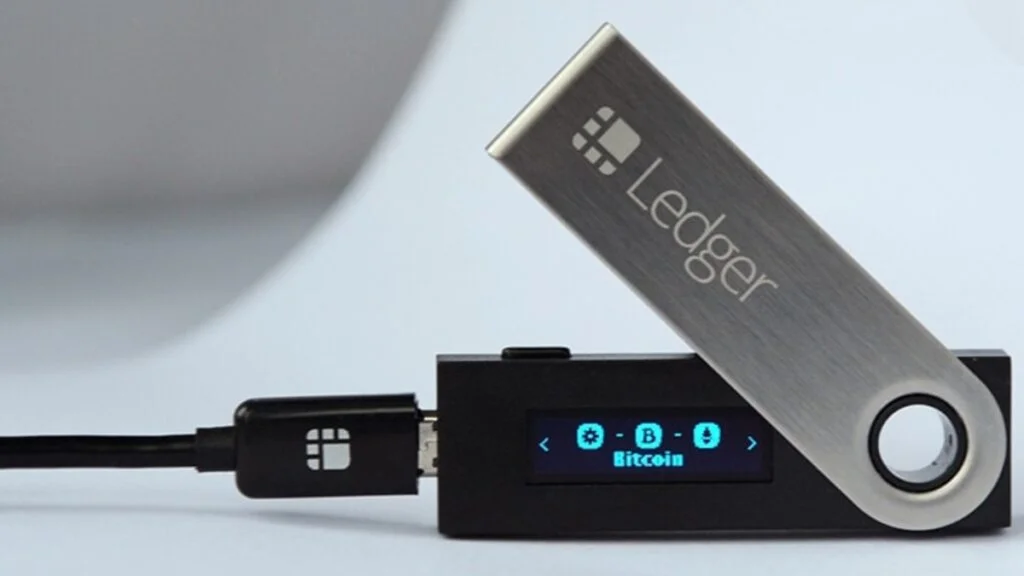Ledger’s Chief Technology Officer, Charles Guillemet, announced on Twitter that the company has decided to open-source its Ledger Recover white paper.

Guillemet announced that Coincover, a digital asset security provider, plans to launch a new service in the fourth quarter of 2023. The key highlight of the white paper is the assurance of a “100% secure” service, according to the CTO.
He emphasized that individuals can delve into the technical details and examine the service themselves. The Ledger Recover white paper, available on GitHub, is a 34-page document that outlines Ledger’s approach to backing up and restoring the seed of their hardware wallets.
Potential benefits and implications for Ledger users
Ledger Recover enables three main operational flows: seed backup, restoration on a new device, and secure erasure of backups. The white paper also includes information about the cryptographic protocol and system architecture of the platform.
The white paper discusses one of the approaches used in Ledger Recover, which involves dividing the seed into shares using the Shamir backup system.
This method ensures that having fewer than the required number of shares does not reveal any information about the seed. The white paper emphasizes that users can independently execute the protocol without relying on Ledger. This highlights the company’s commitment to self-custody and flexibility.
Previously, Ledger’s seed recovery tool received criticism from the cryptocurrency community. Guillemet confirmed that Ledger Recovery, an optional subscription for backing up the recovery phase, would be available in May 2023.
Some industry experts, such as Mudit Gupta from Polygon Labs, raised concerns about potential vulnerabilities in Ledger Recovery. They highlight the fact that encrypted key parts are sent to three corporations, allowing them to reconstruct the keys.
Binance’s CEO, Changpeng Zhao, also questioned the tool’s benefits, stating that it seems contradictory to the idea of keys never leaving the device.
Guillemet countered these concerns, claiming that the new seed recovery method does not compromise the security of Ledger devices. He urged programmers, academics, and crypto enthusiasts to read the white paper thoroughly to understand the wallet’s security features.
